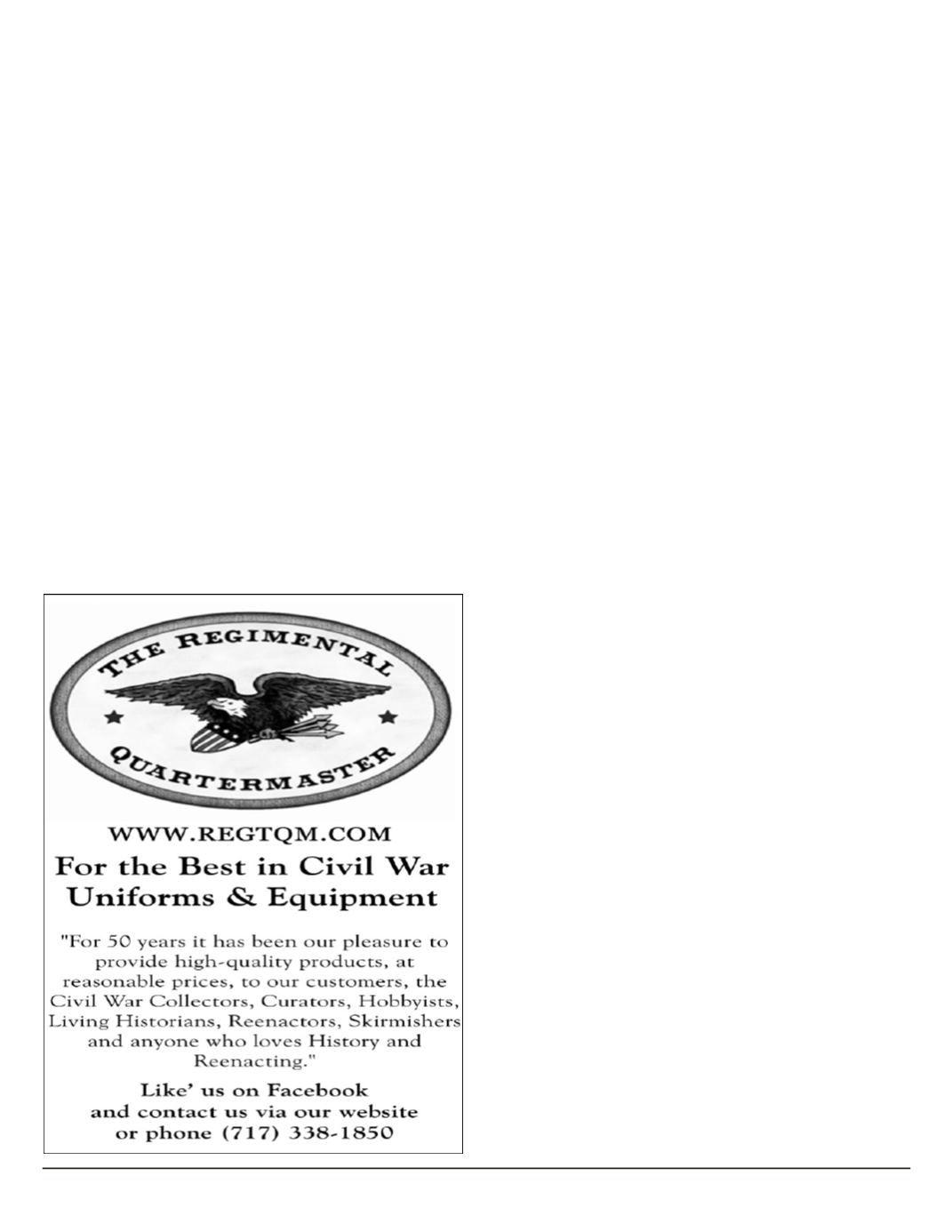

10 Time Lines
ing the first Department of
Classical Rhetoric in the
country (at Harvard).
Classical Rhetoric suf-
fered an untimely death
at Harvard; its Classi-
cal Rhetoric Department
soon gave way to the study
of “English,” but Adams’
aforementioned
vision
lived on in another form.
Colleges such as Princeton
and the University of Vir-
ginia, were home to famous
Debate Societies.
These Societies, such as
Jefferson at Virginia, and
the Whig and the Clio at
Princeton, became colleges
within colleges; made Clas-
sical Rhetoric the mainstay
of instruction and made de-
bate on major issues of the
day the dress rehearsal for
world leadership to come.
How they pushed the
limits, too!
In 1832, Jefferson Society
student Merritt Robinson
argued on campus in public
for an end to slavery. About
six months prior, Nat Turn-
er’s slave revolt had deeply
shaken the state of Vir-
ginia. The faculty at Vir-
ginia found that Robinson
had been “indiscreet” and
barred future public ad-
dresses on any policy mat-
ter. (The Society carried on
behind closed doors.)
In the 1870s, a youth by
the name of Woodrow Wil-
son would ascend to the
leadership of the Jeffer-
son Society and hone his
considerable skills in ver-
bal combat with his peers,
prior to the day when he
would be the first to lead
the globally dominant
United States.
By the dawn of the 20th
century, the fame of the
likes of a Jefferson Soci-
ety was receding. Gigantic
universities were replacing
the quaint colleges. Uni-
versities boasted scores
of student activities, thus
weakening the lure of the
Debate Societies. What has
come next in simulation
and debate circles may be
mixed.
In 1914, the Jefferson So-
ciety made a bold move. It
convinced the state of Vir-
ginia to establish a high
school debate league. Other
states followed suite with
their own leagues. Today,
upwards of 250,000 youth,
mostly in high school,
passionately
participate
in such leagues. These
leagues boast a variety of
debate formats. Moreover,
hundreds of Model Con-
gress and Model UN clubs
have emerged. And, in step
with the resurgence in mil-
itary reenactments in the
1960s, Model UN even add-
ed a “historical division.”
Simulations range from
the very latest crisis to the
Athenian Assembly during
the Peloponnesian War.
The simulation and de-
bate circuit of late has, on
the one hand, done much
good. Consider what is be-
ing learnt.
Participants have dis-
covered that fact is better
than conjecture, and that
there is more than one
side to an issue. Others
may also experience how a
bill is moved through Con-
gress, or how resolutions
are crafted in a particular
international body, or how
the outcome of a historical
crisis could have been dif-
ferent.
Consider the raw num-
bers of participants in pol-
icy debate and similar ac-
tivities. The Romans only
involved several hundred
citizens. Early America in-
volved several thousands.
Nowadays, tens of thou-
sands participate.
For all that, the simu-
lation and debate circuit
should hardly rest on its
oars. Yes; participation has
grown. On the other hand,
only about 1% of the entire
high school population and
even fewer middle school
students are involved.
Practically no college stu-
dents participate, whereas
they were the mainstay in
early America.
Also, the question will
arise: Is enough being done
on the substantive side
of debate? Here is what
I sense. Classical critical
thinking and oratory is
regrettably generally not
taught. Debate topics and
resolutions, as a whole,
leave something to be de-
sired. Original sources
are generally not utilized.
There is an overreliance
on secondary sources, es-
pecially on the think tanks.
The think tanks, for all
their learning, are often
selective in the use of the
facts.
Still, government simu-
lation and policy debate
has come a long, long way
since the Roman suatoria.
Our version today is theo-
retically accessible to every
American youth. It is un-
questionably more benefi-
cial, creative and fun. May
more get involved in it, and
may we draw a bit more
from the approach of early
American debate. Then we
really will have something!
Editor’s Note--Dr Joseph
Arminio is Dean Of Faculty
at Statesman Debate Insti-
tute. The Institute, which
assists grades 4 to 12, col-
lege and adults, takes after
the Debate Societies of early
America. It offers classical
instruction and addresses
current policy and pivotal
history. Upcoming are its
Lincoln War Cabinet Simu-
lations. Follow the Institute
at StatesmanDebate.com.


















